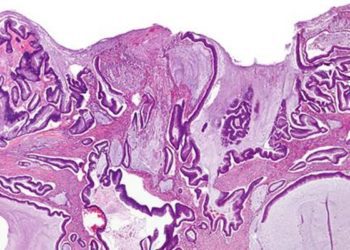Total knee arthroplasty with MAKO robot assistance may improve surgical outcomes
1. Total knee arthroplasty (TKA) using a MAKO robot improves short-term efficacy and can assist in planning while maintaining high safety.
Evidence Rating Level: 3 (Average)
Traditional total knee arthroplasties (TKA) are done using cutting guides for osteotomy. The precision of osteotomy and soft tissue balancing can significantly affect the postoperative alignment and prosthetic positioning. The MAKO surgical robot can help plan correction and balance ligament tension during surgery. This study aimed to compare the efficacy of TKA assisted by the MAKO robot and conventional TKA through retrospective analysis. At 24h, 48h, and 72h postoperatively, the MAKO-assisted TKA (MA-TKA) group had lower pain at rest and during activity than the conventional manual TKA group (CM-TKA) (p<0.05). One month and three months postoperatively, MA-TKA showed better functionality using the AKSS Function Score and FJS-12 score (p<0.05). There were no significant differences after the three-month follow-up. Complications were not significantly different in either group. While the MAKO robot had better short-term efficacy, assisted with better planning, and maintained good safety, adaptation is difficult due to cost, requirements in the operating room, and regular maintenance. Due to the single-center, retrospective nature of this study, results can be skewed by surgeon skill. Additionally, outcomes of soft-tissue were not compared which can be an area of great improvement with the MAKO robot and could be an area of exploration in the future.
Click to read the study in International Orthopaedics
Image: PD
©2024 2 Minute Medicine, Inc. All rights reserved. No works may be reproduced without expressed written consent from 2 Minute Medicine, Inc. Inquire about licensing here. No article should be construed as medical advice and is not intended as such by the authors or by 2 Minute Medicine, Inc.







